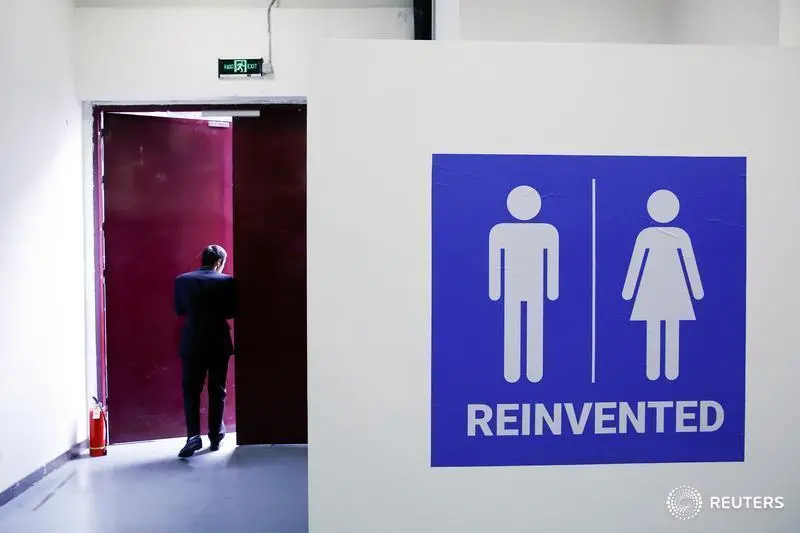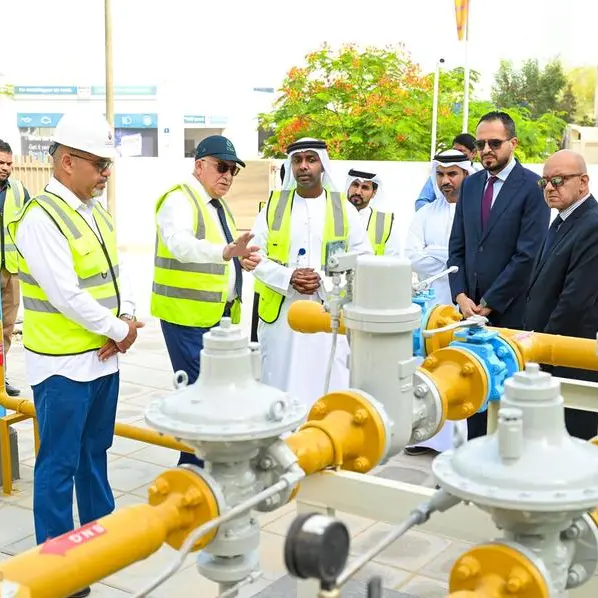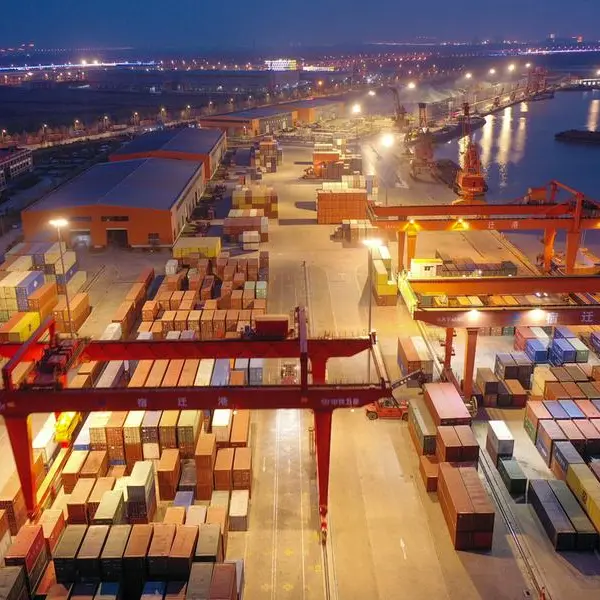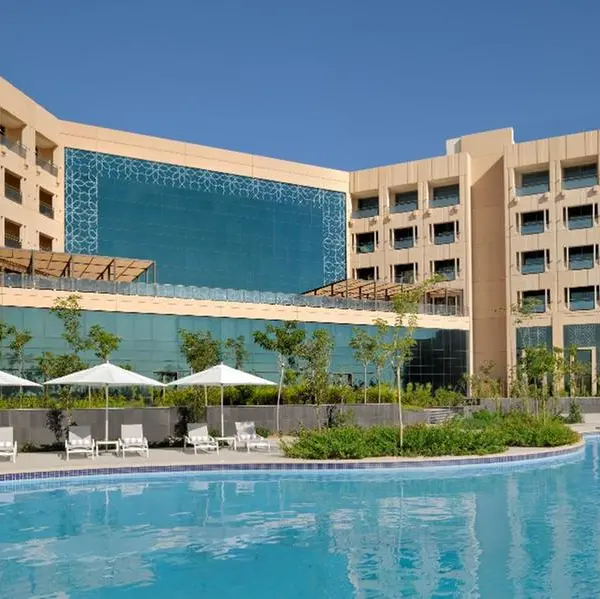PHOTO
Water scarcity is expected to persist in South Africa due to climate change impacts that cause poor rainfall, low groundwater yields, degradation of wetlands and surface water resources, water losses as well as rising demand due to population growth, urbanisation and waste.
The use of water-intensive toilets is putting additional strain on water and sanitation systems. Flushing toilets are the most significant source of water waste in homes, using 9 litres of clean water per flush, and waterborne sanitation is the most widely used sanitation technology in South Africa, with 63% of urban households using flushing toilets, demonstrating the magnitude of the problem in the wake of the climate change crisis.
This 63% is not sustainable in the long run and it is believed that next-generation sanitation will help to ensure that we either reduce this 63% or ensure that future development and the rest of all households have access to alternative forms of sanitation.
Adopting of water-efficient technology
A set of supply and demand management approaches are required to encourage not only innovations that aid in the widespread adoption of water-saving technology but also behavioural changes that aid in water conservation. There is a need to look for alternatives to water-intensive technology to achieve universal sanitation access.
The South African Sanitation Technology Enterprise Programme’s (Sastep) water efficient toilet initiative aims to increase the widespread use of low flush and other water-saving toilets in South Africa. Low-flush toilets are important options for building water-sensitive and resilient settlements.
The National Development Plan (NDP) advocates for the use of technologies that minimise the use of water resources, encourage recycling and reuse and can support the achievement of universal sustainable sanitation provision by 2030.
The NDP also states that we need to develop, demonstrate and validate appropriate alternative water efficient and off-grid sanitation solutions, and identifies institutions that should be involved. The National Water and Sanitation Master Plan also calls for the development and demonstration of appropriate wastewater technologies for cost effectiveness, energy efficiency, and beneficiation.
Policy framework encourages innovation and new thinking
South Africa has an impressive legal and policy framework supported by high-level political will towards sustainable service delivery. This has seen widespread attempts towards the implementation of water efficient and next-generation sanitation technologies.
The new national sanitation policy (2016) supports this by focusing on the entire sanitation value chain. It recognises the economic value of sanitation and does not only focus on rural sanitation and on-site systems.
There is now an emphasis on sanitation services that recognise the scarcity of water resources as well as the vulnerability of the natural environment within the broad realm of social justice and sustainable development.
This policy encourages new thinking about sanitation, management, innovation, more appropriate ways of treating human excreta and the use of sanitation. These principles from the policy are further unpacked in the norms and standards for sanitation services. The norms and standards are carefully crafted not to prescribe any technologies but promote appropriate technologies based on policy principles.
In this regard, water efficient and next generation sanitation technologies have significant relevance and thus the potential to find application in the provision of sanitation services in South Africa.
Accelerating the implementation of “next-generation sanitation technologies”
Sastep, developed by the Water Research Commission in collaboration with the Bill and Melinda Gates Foundation (BMGF) and the Department of Science and Innovation (DSI), aims to accelerate the adoption of NGS technologies capable of addressing sanitation challenges.
The programme prioritises the demonstration of appropriate technologies to ensure their suitability in the local context and collaborates with capable local commercial partners to early adopters such as municipalities and water service providers to ensure uptake and adoption of these innovative solutions.
It is a known fact that every household desires to have a flushing toilet, but it is not feasible in a water-scarce country like South Africa, so we need to bring solutions that ensure that people are still comfortable with alternative sanitation systems.
Recent advances in water and sanitation research and the convergence of matured sanitation innovation and technologies offer opportunities to tackle these challenges. Next generation sanitation solutions such as Non-Sewered Sanitation Systems (NSSS) provide means to safely collect and treat human excreta with minimal impact on the environment.
The NSSS is essentially prefabricated integrated treatment units with two main components - a front-end component (toilet facility) and a back-end component (treatment facility) and operates without connection to any sewer or drainage network.
The country has created an enabling environment for sanitation and innovation, and it is now time to put the policy, research and plans into action.
All rights reserved. © 2022. Bizcommunity.com Provided by SyndiGate Media Inc. (Syndigate.info).























